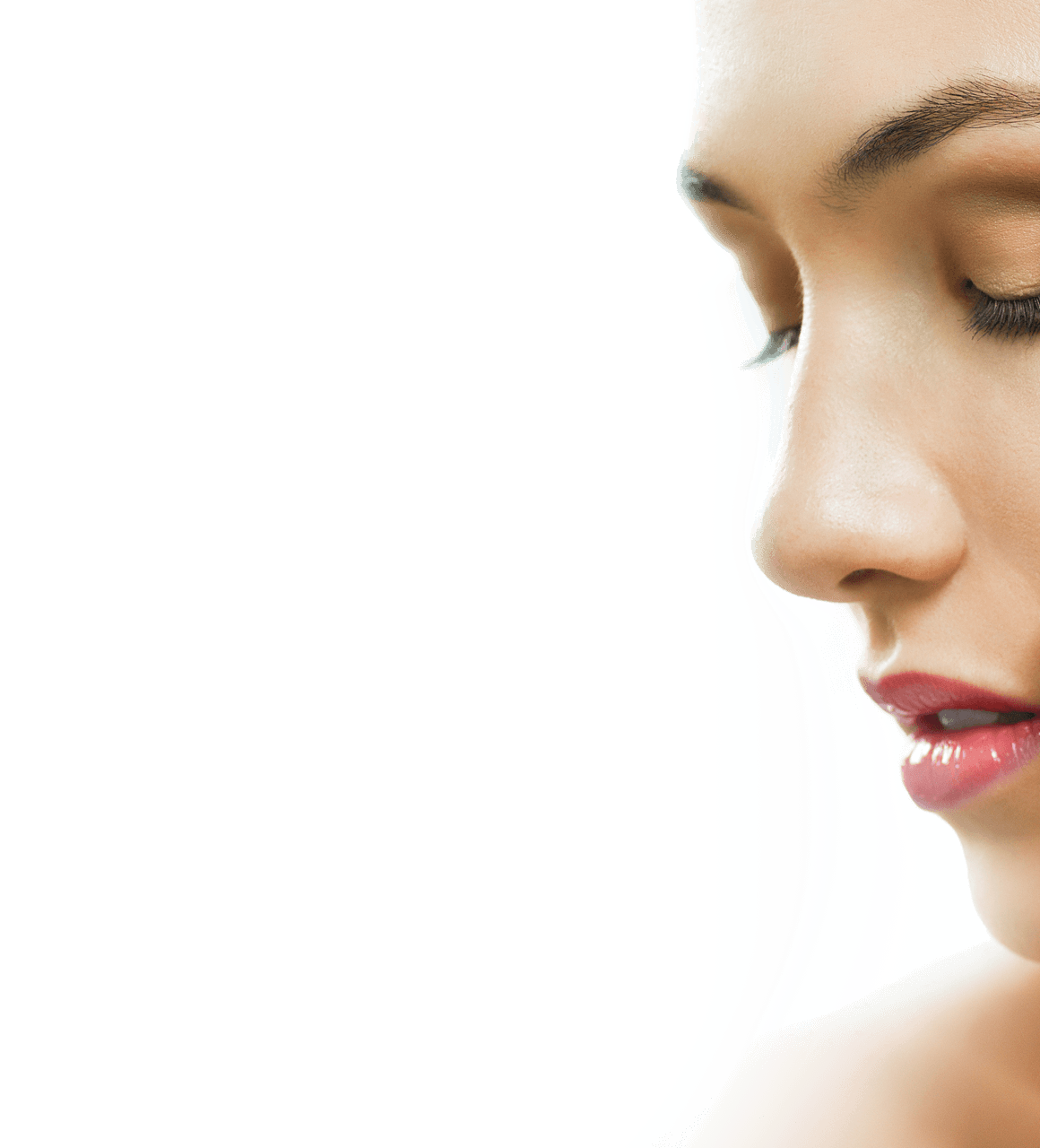Blepharoplasty
Eye-Bag Removal
Popularised by TV makeover shows such as 10 Years Younger, eye bag removal is being considered more and more.
Naturally, the skin around the eyes loses its elasticity and muscles slacken with age. Consequently, loose skin collects as folds on the upper eyelid and forms deep creases on the lower lids. The slackening of the tissue around the eyes allows the fat which cushions the eyes in their sockets to protrude, giving the appearance of ‘bags’. In severe cases, drooping of the eyebrows contributes to the issue and in the worst cases this skin may hang over the eyelashes and can obstruct vision.
Bags under the eyes often seem worse in the morning, particularly when you are under stress or have had a lack of sleep. This is caused by a build up of fluid, usually dispersed when you are upright during the day but at night the fluids settle in areas where the skin is loose.
Occasionally these issues are not confined to later life; some families have an inherited tendency for bags under the eyes to develop during early adulthood, so surgery can be considered as early as in your 20s.
What does the procedure involve?
A blepharoplasty (eyelid reduction) involves removing the surplus skin and protruding fat which surrounds the eyes to produce a more alert and youthful appearance of the face. Sometimes removing the skin is the sole necessity, sometimes the skin and fat, or sometimes the removal of fat alone provides a satisfactory outcome. If only the fat is removed, it prevents the need for an external incision so there will be no trace of the operation.
Both upper and lower eyelid surgery can be carried out under local or general anaesthetic. Typically your surgeon will make incisions following the natural lines of your eyelid; in the creases of the upper lids and just below the lashes in the lower lids of which both extend slightly into the crow’s feet or laughter lines at the corner of the eyes. This thoughtful approach results in minimal scarring post-surgery.
Is the treatment right for you?
As aforementioned, eye bags may be inherited and not solely due to the aging process so all ages can be considered. Your individual circumstances will be reviewed during your consultation to see if you will benefit from this procedure.
If you suffer from thyroid disease, this procedure may also help to counteract eye signs associated with this disease.
What are the limitations?
It is important to understand that this procedure concentrates on the eye area and so any skin removed will improve wrinkles on the upper and lower lids but folds of skin which extend onto the cheek will not normally be improved.
‘Crow’s feet’ wrinkles will remain and although the skin will feel tighter it is still necessary to leave some slack so that the eyes can open and close freely and comfortably. The operation will have no effect on the dark colour of the lower eyebrow or other skin around the eye area.
Post Operative Recovery
Following surgery it’s preferable to keep your head elevated to help reduce swelling and cold-compresses are advised. The closure of the eyes appears tight after surgery but this will soon settle as swelling subsides.
It is quite common for the margin of the lower lid to be slightly pulled away from the eye in the first couple of days after surgery but this settles relatively quickly. Very rarely a further operation may be required.
The eyes will appear watery after surgery, again because of swelling particularly swelling of the tear ducts but this will only last a few weeks. Although you must expect bruising, it is usually possible to disguise it with make-up or sunglasses. The scars will appear pink for a few months but in time will become virtually invisible.
Sometimes tiny white cysts can appear along the stitch line, these are nothing to be concerned about and can be pricked out. This issue would be resolved in the aftercare provided by our astute medical team.
By following your surgeons’ advice closely, you will reduce the risks of any problems. You should inform your surgeon of any thyroid disease, high blood pressure, diabetes or eye disorder; a thorough consultation will allow you time to discuss this in detail before you decide to go ahead with the procedure.





